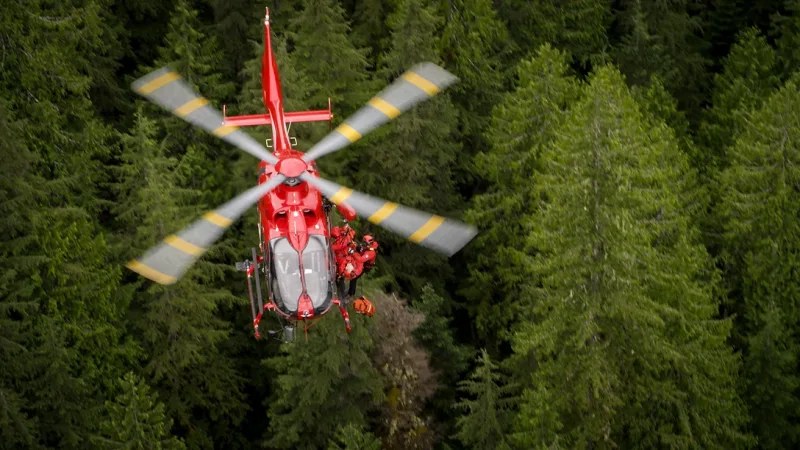
Prince George site for TEAAM air medical base
PRINCE GEORGE – A long-needed service is nearing its time to finally take off here in Northern BC.
The North, due to its remote communities, falls in a gap where it’s unable to receive an adequate medical response from BC Ambulance.
Now, a Squamish-based group of medical experts is looking to expand to Prince George in order to answer the call when people need medical attention in B.C.’s most remote locations.
Technical Evacuation Advanced Aero Medical Society, or TEAAM for short, is made up of paramedics and physicians dedicated to providing crucial life support and training in long-line helicopter rescues.
